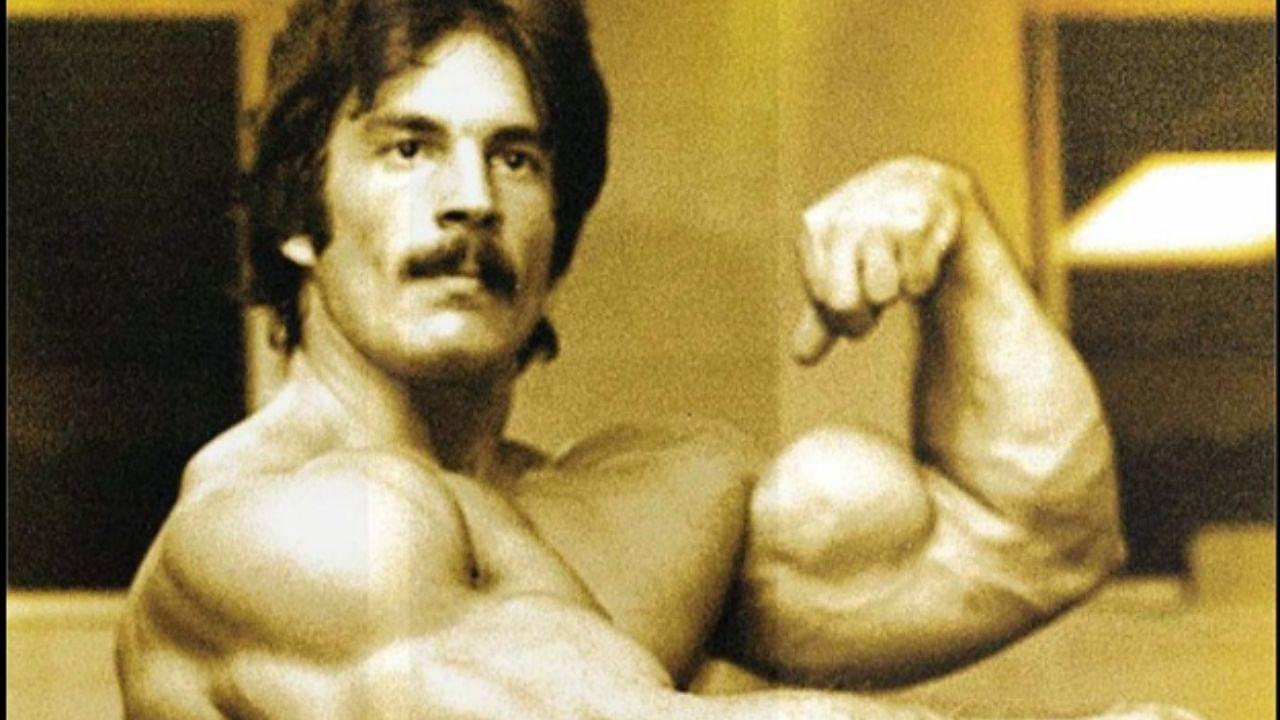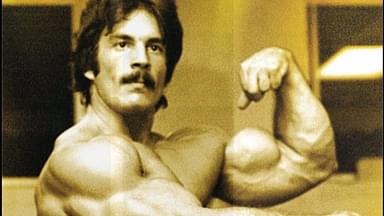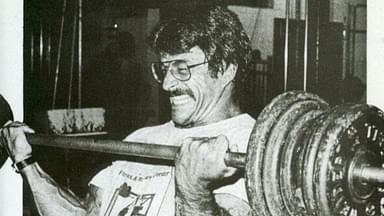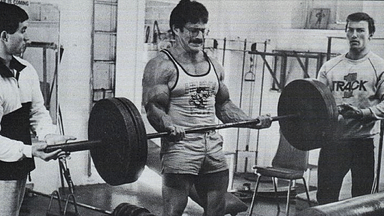The late bodybuilder Mike Mentzer describes the muscle-building intensity and high-intensity training as to how hard our body works during physical activity. The legendary bodybuilder who graced the Olympia stage and was a role model to many once revealed the foundation of muscle-building.
When speaking on muscle-building intensity, Menzter once pointed out that the principle of intensity is not merely important but is the cardinal fundamental of exercise science.
In a resurfaced video, Mr. Heavy Duty explained the intellectual foundation of muscle-building intensity and the facts behind it. Menzter boldly justified that the foundation of the whole field of exercise is not important, but the intellectual foundation of all exercise science is.
Intensity is a key factor in gaining muscle strength, and strength is highly dependent not only on muscle mass but also on neuromuscular factors.
Most people are aware that, despite a proper diet and a normal weight, people are prone to chronic diseases. However, through physical movement and intense exercise, such aspects can be avoided. Mentzer further mentioned in the video that exercise science and muscle-building are made up of two basic branches.
“They are aerobic and anaerobic. They are both defined primarily in terms of intensity.”
Aerobic is when you work with low intensity but for a longer duration. At the same time, anaerobic is high-intensity training that lasts for a brief duration. Therefore, the former bodybuilder in the video proved that intensity is the cardinal element of any training or exercise. These were the major foundations for muscle-building intensity introduced by Mentzer in his time.
“If the two basic branches that make up the field of exercise science are defined primarily in terms of intensity, then intensity is the cardinal element.”
How Mike Mentzer took HIT to the world
Mike Mentzer’s surge in popularity for introducing science-backed techniques like high-intensity training has revolutionized the field of bodybuilding. Unlike his contemporaries, Mentzer ensured his techniques received the attention they deserved. He was one to never hold back when it came to fitness and training. Mentzer also trained the likes of Dorian Yates, one of the English bodybuilding legends, for whom he curated a workout set to his optimum level.
“I have no doubt that I could go in front of the Royal Academy of Science to convince every one of them using logic and presenting the evidence that what I have here is the one and only scientifically valid approach of training.”
Fitness enthusiasts are still using Mentzer’s techniques. In a short period, his techniques gained momentum for the results and soon became a global phenomenon. While he has a positive influence on the HIT loyalists, he knew not everyone would be academically inclined to understand it.




